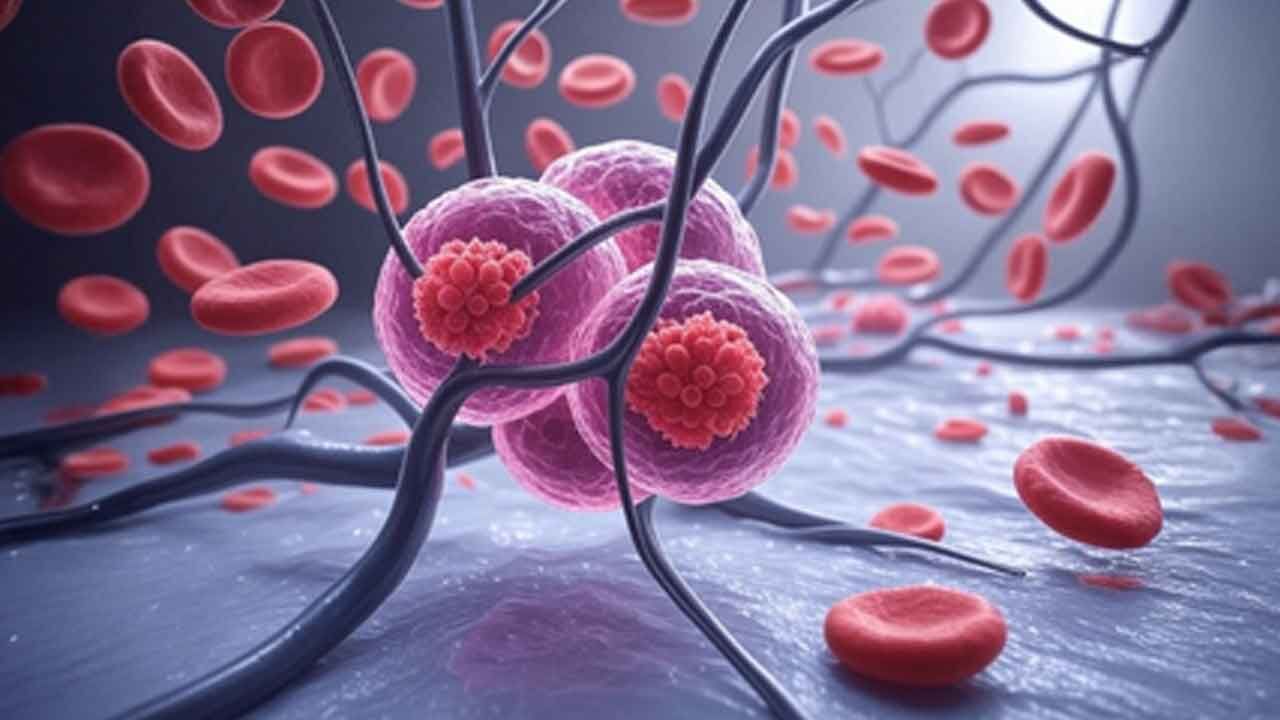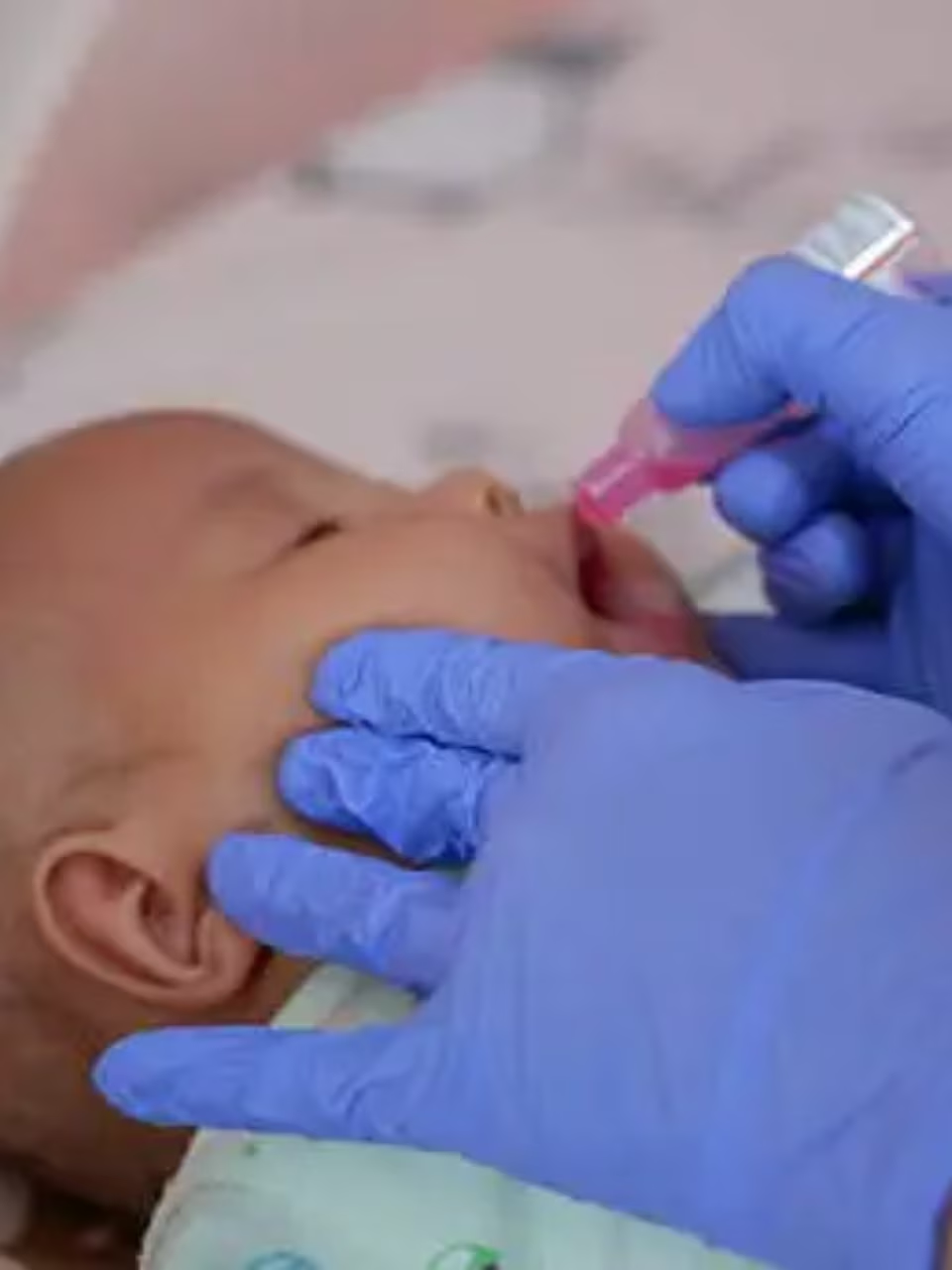

Sarah Spina-Matthews,North East and Cumbria and
Amy Oakden,BBC Radio Tees
 Supplied
SuppliedAn actor and producer has…

Instagram has introduced a new “Watch History” feature, allowing users to view Reels they have previously watched, a capability that rival platform…

The future of the Isle of Wight Festival (IOWF) has been secured until 2033 after the renewal of its licence.
County Hall’s environment and community protection committee (ECPC) agreed terms on a seven-year extension to the land licence of the…


Researchers have developed microscopic metal particles that can kill cancer cells while sparing healthy tissue, offering a potential new direction for more targeted and less toxic cancer treatments.
The study by the team from the Royal Melbourne…


If you’ve never kept a reptile, you might be surprised to learn that many of them actually “pee” in crystal form. In a study published in the Journal of the American Chemical Society, researchers examined the solid urine of more than 20 different…